High school clubs used to be a lot more than just a line on a college application. Back in the day, they were a way to dive into something fun, make lifelong friends, and create memories that stuck with you. Schools today still have clubs, but they don’t quite have the same feel as the ones we had. Maybe it’s because kids today don’t have to rely on in-person gatherings to share interests, or maybe it’s just that school itself has changed. Whatever the reason, plenty of clubs that once brought students together have fallen by the wayside, and it’s a shame because some of them were an absolute blast. From clubs that let you work with your hands to groups that got you into real adventures, these forgotten high school clubs were some of the best.
1. Radio Club
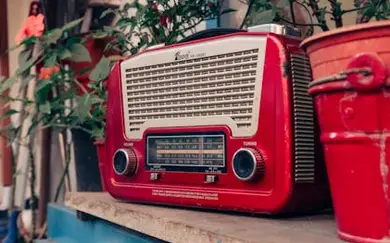
Before the internet made broadcasting a one-click process, high school radio clubs gave students the chance to go on the air and share their voices with the world—or at least with their fellow students. Many schools had their own low-power AM or FM stations, letting kids host talk shows, play music, and announce school events. It was a great way to get experience in public speaking, learn about technology, and, of course, blast the latest rock hits over the school PA system. The best part? It made you feel like a star, even if your audience was mostly just your classmates stuck in study hall.
With the rise of podcasts and digital streaming, traditional school radio clubs faded away, but in their heyday, they gave students hands-on experience in broadcasting. Some kids even went on to real radio careers because of the skills they picked up. There was a magic to sitting in front of a microphone, queuing up records, and knowing that, for a little while, you had the airwaves to yourself. It wasn’t just fun—it was an education in communication, technology, and music all at once.
2. Typing Club
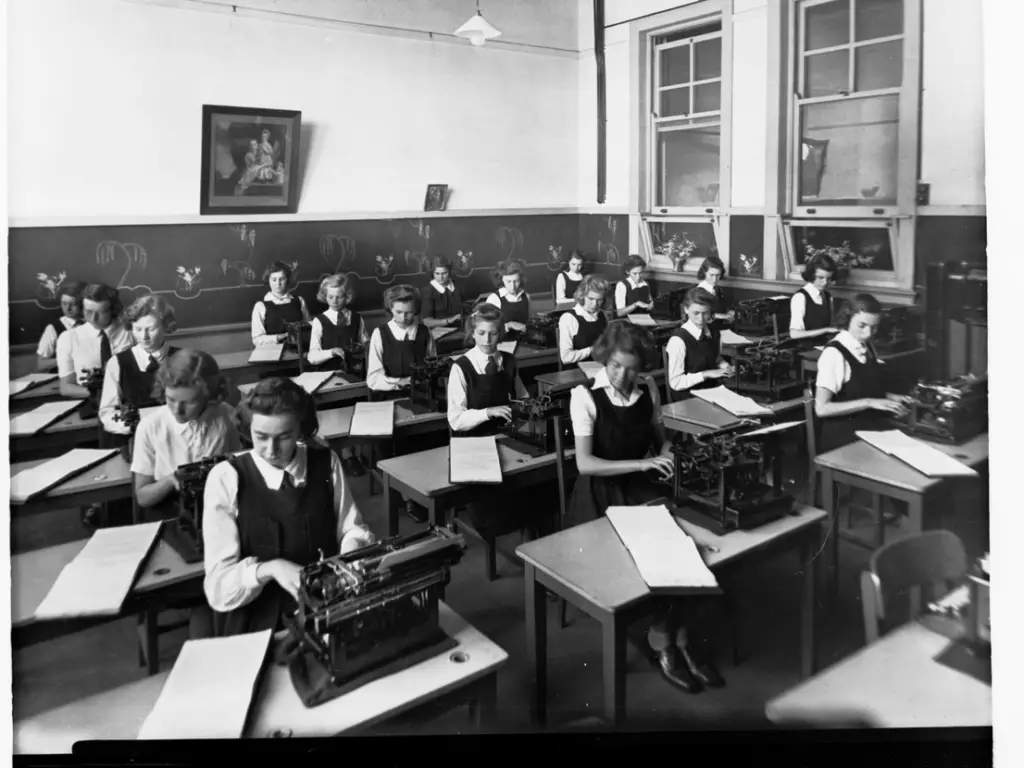
Before computers made typing a basic necessity, knowing how to work a typewriter was a skill worth honing. Typing clubs weren’t just about hammering away at keys—they often turned it into a competition, with speed tests and accuracy drills. The rhythmic sound of typewriters clicking away in a classroom was oddly satisfying, and kids who got good at it could type up reports in record time. Some schools even held “type-a-thons” to see who could hit the most words per minute without a mistake. It was a mix of skill, fun, and a little bit of bragging rights.
By the 1990s, computers had taken over, and formal typing clubs disappeared, but for those who were part of them, it was a fun way to sharpen a genuinely useful skill. Whether it was learning to type without looking at the keys or racing against the clock, it made what could have been a dull task into something exciting. Today, kids just assume they’ll pick up typing as they go, but back then, it was a club that combined practicality with a surprising amount of excitement.
3. Future Homemakers of America
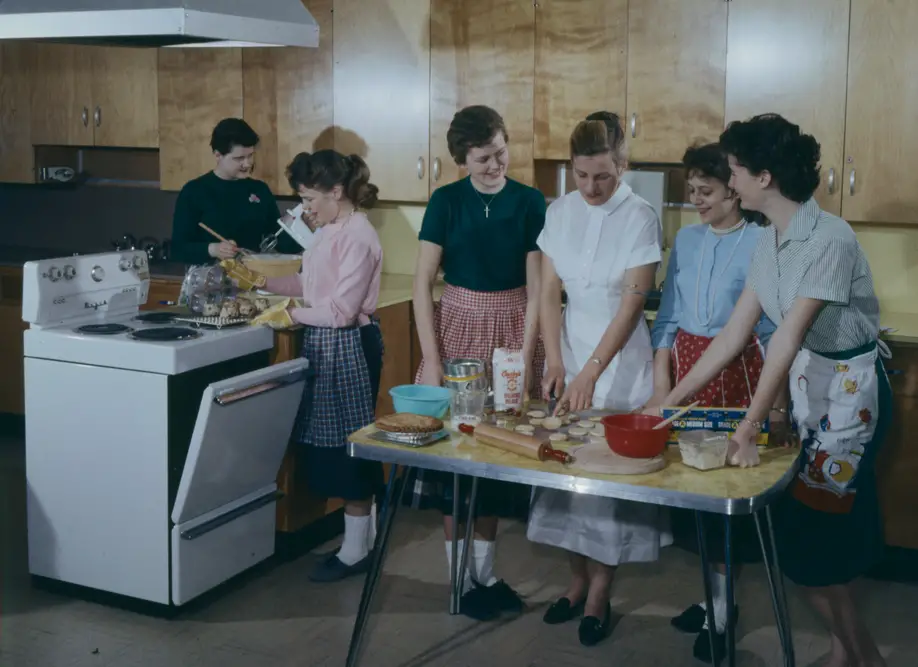
Before home economics classes started vanishing from schools, the Future Homemakers of America (FHA) club was a staple. It taught kids—mostly girls, though some boys joined too—how to cook, sew, budget, and manage a household. But it wasn’t just about being domestic; FHA meetings were social events where students bonded over baking challenges, sewing projects, and even debates on home management. Some chapters even competed in national competitions, showing off their skills in everything from meal planning to fashion design.
As traditional home economics classes faded, so did FHA, which eventually rebranded as FCCLA (Family, Career, and Community Leaders of America) to better fit modern education. Still, there was something special about the old FHA clubs, where students learned skills that genuinely helped them in adulthood. It was a club that blended life skills with camaraderie, and while it may seem old-fashioned today, those who were part of it know just how much fun it could be.
4. Ham Radio Club
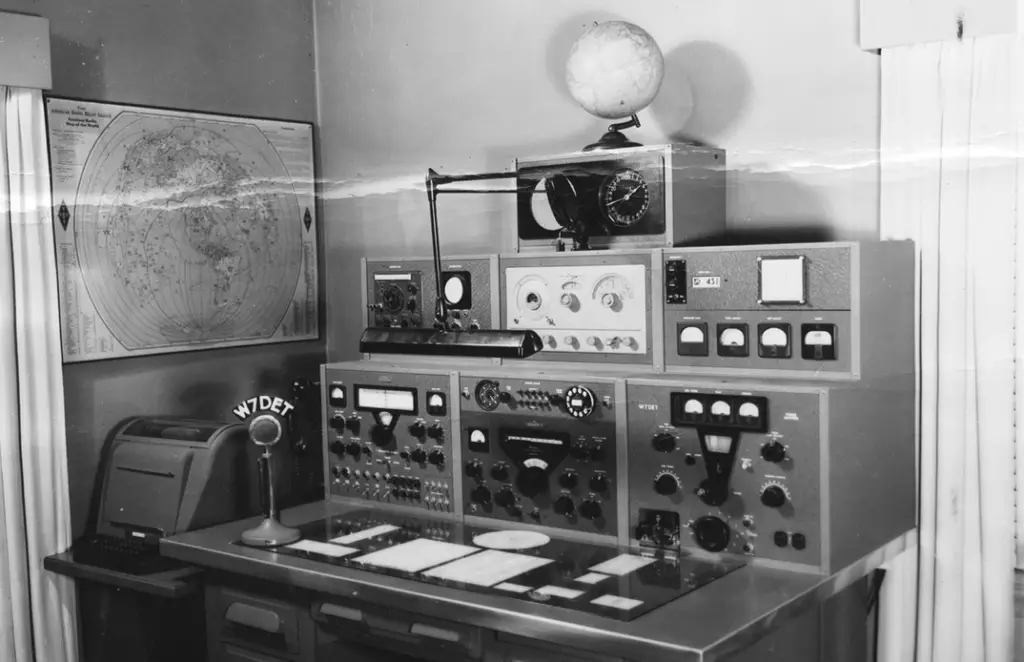
Long before the internet connected the world, ham radio clubs let students talk to people from far-off places using just a transmitter, an antenna, and a little know-how. These clubs were a mix of hobbyists and tech-minded kids who loved the thrill of making contact with someone halfway across the globe. There was something magical about sending out a signal and waiting to hear a voice from another country crackle back through the static.
Ham radio clubs didn’t just teach kids about radio waves and Morse code—they built problem-solving skills and introduced students to a wider world. But as technology advanced and communication became instant, ham radio fell out of favor. Still, for those who were part of it, the excitement of making a long-distance connection using just their own equipment was something special.
5. Chess Club
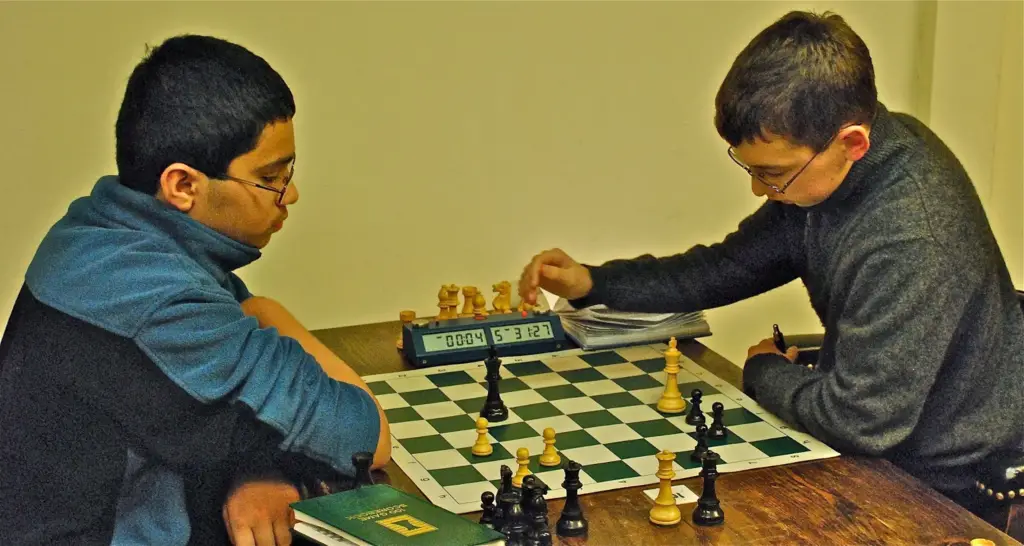
While chess clubs still exist today, they don’t hold the same cultural weight they once did. Back in the day, chess club was where the school’s strategic thinkers gathered to test their skills and battle it out in intense, quiet matches. Schools often had inter-club tournaments, and winning a chess championship actually meant something. There was a certain prestige to being known as the best chess player in the school, even if it wasn’t the “coolest” club to be in.
Chess was a social game as much as it was a strategic one, and kids who joined the club often found lifelong friends. It wasn’t just about the game—it was about learning patience, thinking ahead, and enjoying the satisfaction of a well-played move. While chess is still around, the days of dedicated high school chess clubs being a major thing have mostly passed, making them one of those lost but beloved relics of the past.
6. Rocketry Club

Before model rocketry became a niche hobby, rocketry clubs were a way for students to learn about science and engineering in the most exciting way possible—by building and launching real rockets. Kids would design and assemble their own model rockets, carefully loading them with engines before sending them skyward in thrilling test launches. There was an undeniable rush in watching a rocket shoot into the sky and then parachute back down.
Many rocketry clubs were inspired by the space race, and for a while, they were seen as a stepping stone to careers in aerospace. But as schools tightened safety regulations and interest in hands-on science clubs waned, rocketry clubs started disappearing. Those who were part of them, though, remember the thrill of launch day, the excitement of testing new designs, and the sheer fun of working on something that actually took off.
7. Photography Club
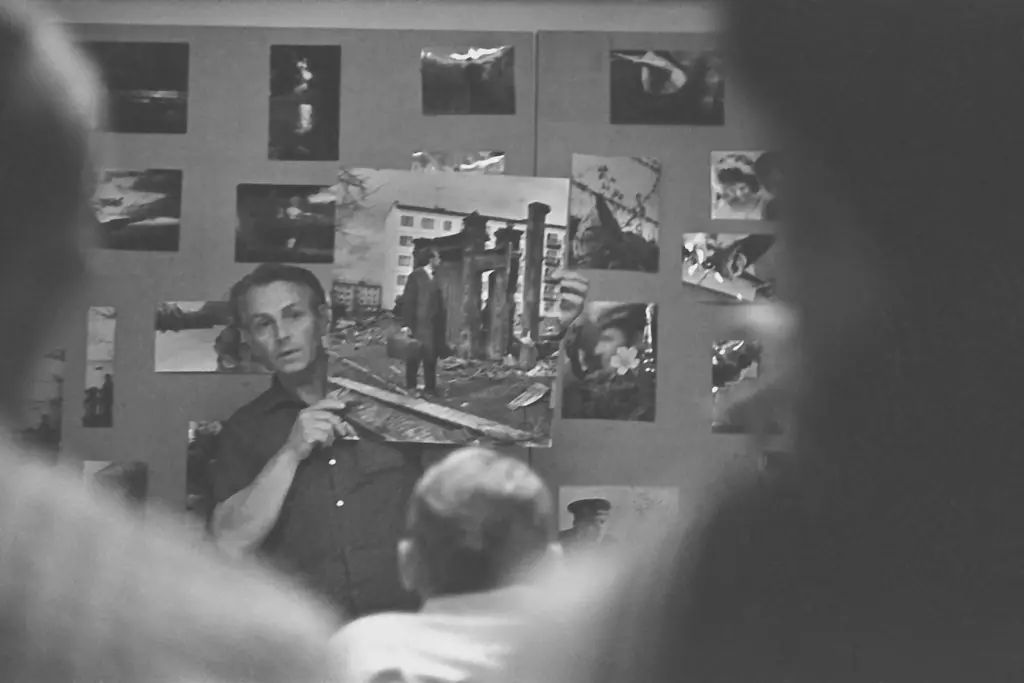
Before every teenager had a high-powered camera in their pocket, photography clubs were the place to be for students who wanted to learn the art of taking pictures. Armed with film cameras, members would explore the school and the local area, capturing everything from sporting events to artsy shots of nature. But the real magic happened in the darkroom, where students developed their own photos, watching images slowly appear on the paper like something out of a dream. There was something incredibly satisfying about seeing a photo you took come to life through the chemical process, a feeling that’s hard to replicate in the digital age.
Photography club wasn’t just about snapping pictures—it was about learning composition, experimenting with lighting, and getting creative with visual storytelling. Some clubs even held exhibitions, displaying student work in the school hallways like a mini art gallery. But as film photography faded and digital cameras became the norm, photography clubs lost their hands-on, artistic appeal. Today, anyone can take a photo and edit it instantly, but those who were part of these clubs remember the anticipation of waiting to see if their shots turned out just right.
8. AV Club
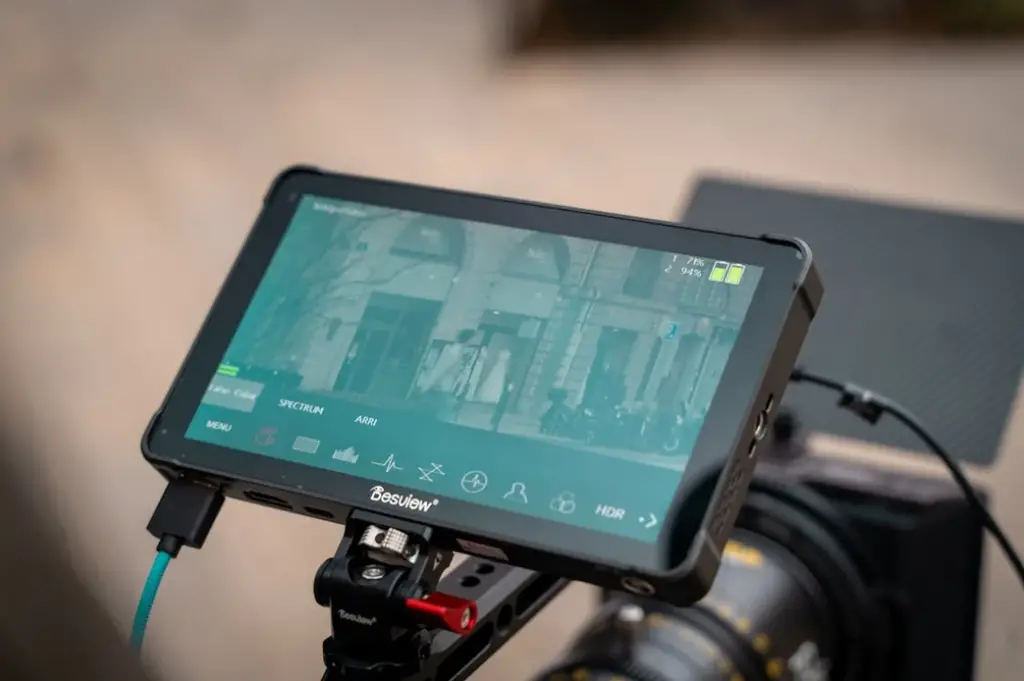
If you ever got to wheel in the TV cart for a classroom movie, you probably had some connection to the AV (Audio-Visual) Club. This was the club that ran the school’s film projectors, set up microphones for assemblies, and sometimes even produced their own student-made videos. It was a mix of tech nerds, movie buffs, and kids who just wanted to be around cool equipment. Getting to handle the big reel-to-reel film projectors felt like a real responsibility, and there was something thrilling about threading a film properly without it jamming.
AV Club members were often unsung heroes of the school, making sure presentations ran smoothly and that the morning announcements had crisp, clear audio. But as technology advanced and teachers started handling their own classroom tech, the need for AV Club dwindled. Still, for those who were part of it, the club offered a sense of purpose, a chance to tinker with expensive gear, and an excuse to hang out in the AV room, which was often a refuge from the chaos of the rest of the school.
9. Auto Club
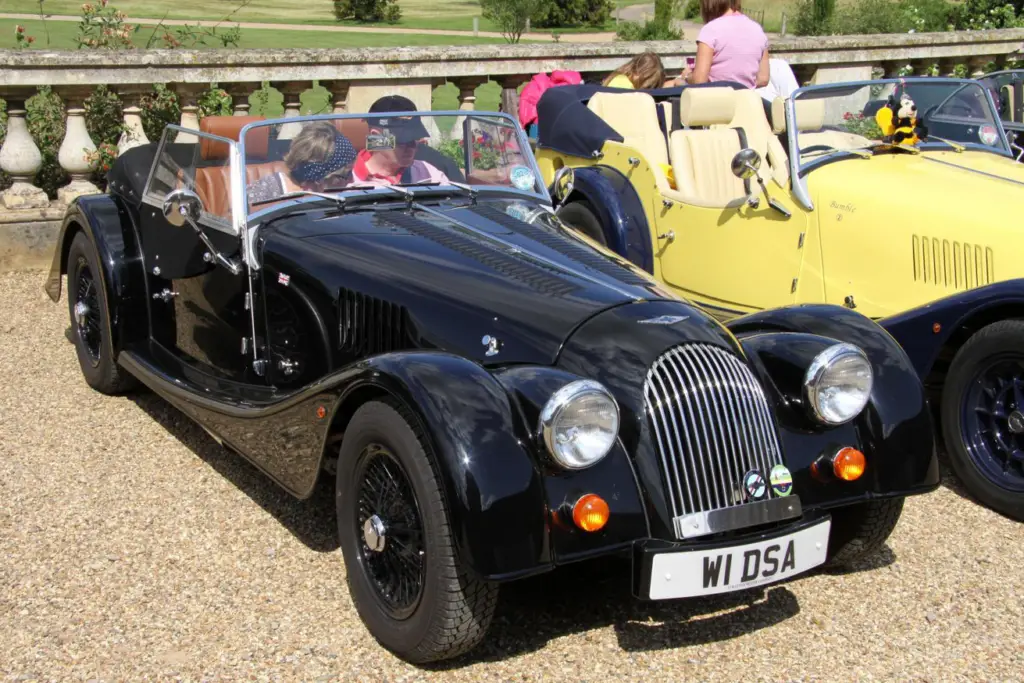
For kids who loved cars, Auto Club was the ultimate hands-on experience. Back when shop classes were common, this club gave students access to tools, parts, and the chance to work on real cars. Whether it was fixing up an old beater, learning how to change oil, or even building a small engine from scratch, Auto Club was a dream come true for gearheads. Some schools even had “build-a-car” projects, where students would take an old, broken-down vehicle and restore it to working condition.
At a time when a teenager’s car was their ultimate ticket to freedom, knowing how to maintain and fix it was a valuable skill. Auto Club didn’t just teach mechanics; it gave students confidence and a deep appreciation for the art of automotive work. But as vocational programs were cut and modern cars became harder to work on without specialized equipment, Auto Club slowly disappeared. Those who were lucky enough to be part of one, though, probably still remember the smell of motor oil, the satisfaction of tightening a bolt, and the pride of fixing something with their own two hands.
10. Science Fiction Club

Long before fandoms existed online, Science Fiction Clubs were the gathering places for students who loved Star Trek, Isaac Asimov novels, and dreaming about the future. These clubs were filled with kids who devoured every sci-fi book they could find and debated the plausibility of time travel, interstellar colonization, and alien encounters. Some clubs even had their own fanzines, where members would write and illustrate their own sci-fi stories, creating mini-magazines to share with fellow enthusiasts.
Science Fiction Clubs weren’t just about geeking out over spaceships and robots—they were places where creativity thrived. Many kids who joined ended up pursuing careers in science, writing, or technology, inspired by the stories they loved. But as sci-fi became more mainstream and conventions replaced smaller school clubs, the need for dedicated sci-fi groups in high schools faded. Still, those who were part of these clubs remember the joy of discovering a rare paperback, the endless debates about which spaceship was the fastest, and the excitement of discussing the latest twist in a beloved TV show.
11. Drama Club (Before It Became Theater Arts)
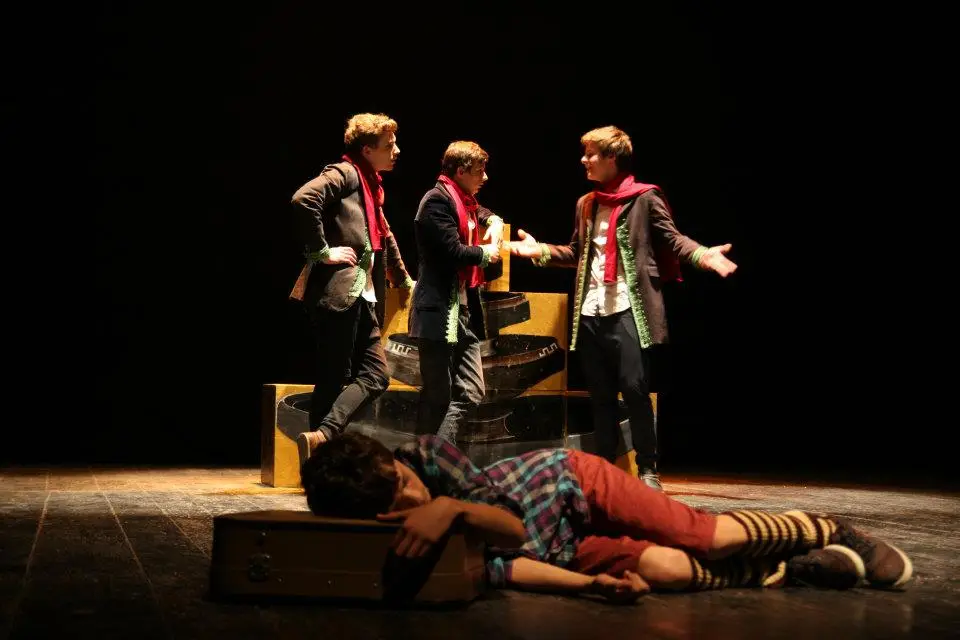
Drama Club wasn’t always the polished, audition-heavy production it became in later years. In the past, it was often a looser, more fun gathering where students experimented with improv, put on skits, and sometimes even wrote their own plays. There was no pressure to be the next Broadway star—it was about expressing yourself, getting a few laughs, and learning how to speak confidently in front of an audience. Some schools had traveling troupes that performed at elementary schools or community events, spreading their love of performance beyond the school walls.
As school theater programs became more structured and competitive, the informal charm of old-school Drama Club faded. Today, high school theater tends to focus on big productions and rehearsals, leaving little room for the kind of spontaneous, low-stakes fun that old Drama Clubs encouraged. For those who were part of them, though, it was a time of creativity, silliness, and forming friendships through shared laughter and stage mishaps.
12. Explorer Scouts
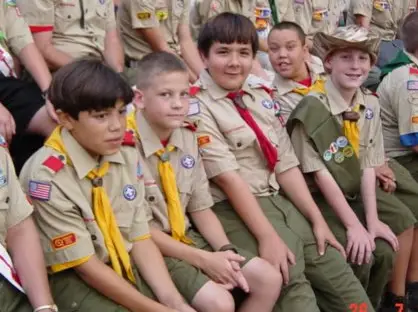
Unlike traditional Boy Scouts or Girl Scouts, Explorer Scouts were high school-aged kids who got hands-on experience in specific careers, from law enforcement to aviation. Some students got to ride along with police officers, assist in fire departments, or even help out at hospitals. It was a way to get a taste of real-world jobs and figure out future career paths while having exciting, sometimes adrenaline-filled experiences.
Explorer Scout groups were often tied to community organizations, and the hands-on nature of the club made it stand out from regular classroom learning. But as liability concerns grew and career paths became more rigidly structured, many schools phased out these clubs. For those who were part of them, though, the thrill of stepping into the real world, even just for a moment, was an unforgettable part of growing up.
13. Newspaper Club

Before social media and online news, high school newspapers were a big deal. The students who ran them had real responsibility—covering school events, interviewing teachers, and sometimes even publishing controversial editorials. It was a crash course in journalism, giving students hands-on experience in writing, editing, and dealing with deadlines. Some school papers had regular humor columns or comic strips that students eagerly waited to read every issue.
With the decline of print media and the rise of digital communication, many school newspapers disappeared or transitioned into generic school blogs. But there was something special about holding a freshly printed edition, seeing your name in the byline, and knowing that your words would be read by the whole school. Those who were part of Newspaper Club still remember the rush of finishing an article, the excitement of layout days, and the satisfaction of seeing their work in print.
14. Outdoor Club
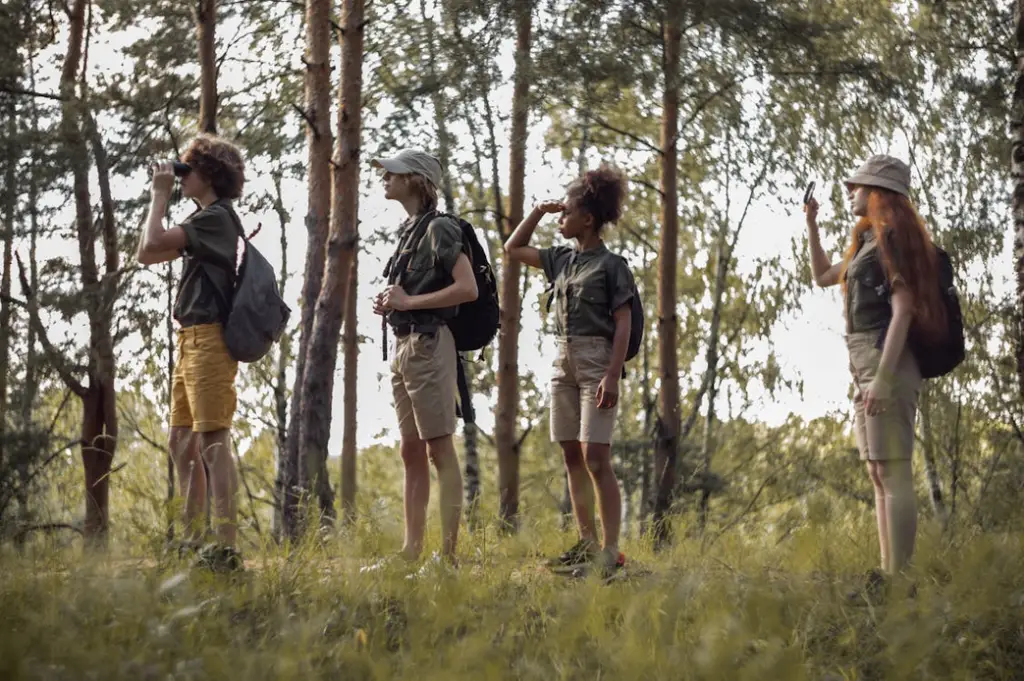
Before screens took over every waking moment, some schools had Outdoor Clubs dedicated to getting kids outside. These clubs planned hiking trips, camping weekends, and even canoe excursions. For students who loved nature, it was the perfect way to escape the classroom and experience the world beyond school walls. There was nothing like sitting around a campfire with friends, telling stories, and gazing at the stars without a care in the world.
As schools became more focused on academic achievement and liability concerns increased, outdoor clubs started disappearing. But for those who were lucky enough to be part of one, the memories of exploring trails, cooking over a campfire, and sleeping under the stars are some of the best from high school. In an age where outdoor activities are increasingly rare, it’s easy to see why these clubs were so special.
High school clubs used to be about more than just padding out a résumé. They were places where students could explore their passions, build friendships, and have fun in ways that didn’t always feel like “school.” Whether it was tuning into a radio broadcast, launching a homemade rocket, or competing in a typewriting race, these clubs gave kids something to look forward to beyond textbooks and tests. Today, while extracurriculars still exist, the spirit of these old clubs is something special that many of us look back on fondly. Maybe if schools brought back a few of these forgotten gems, kids today would get a taste of the same excitement we once had.


